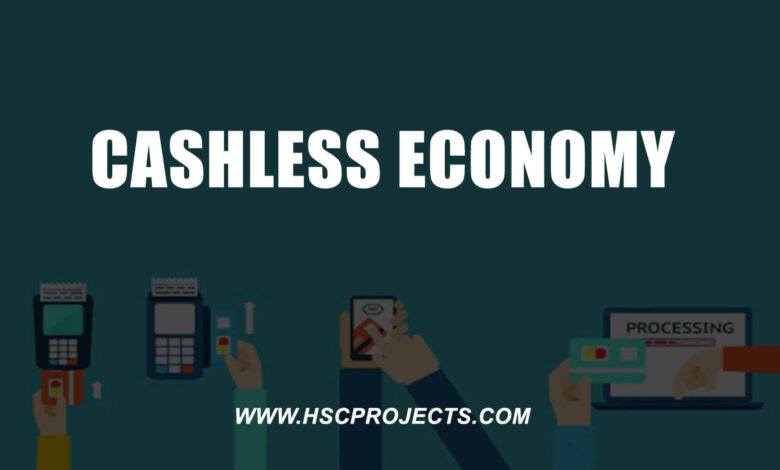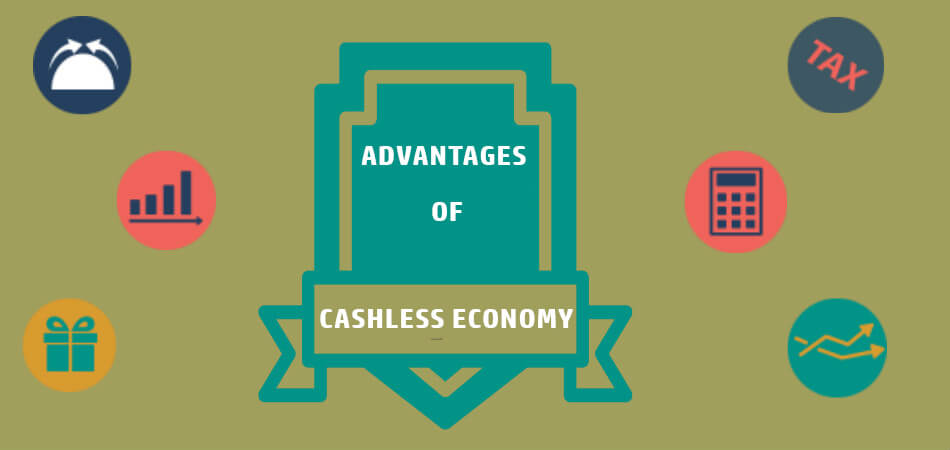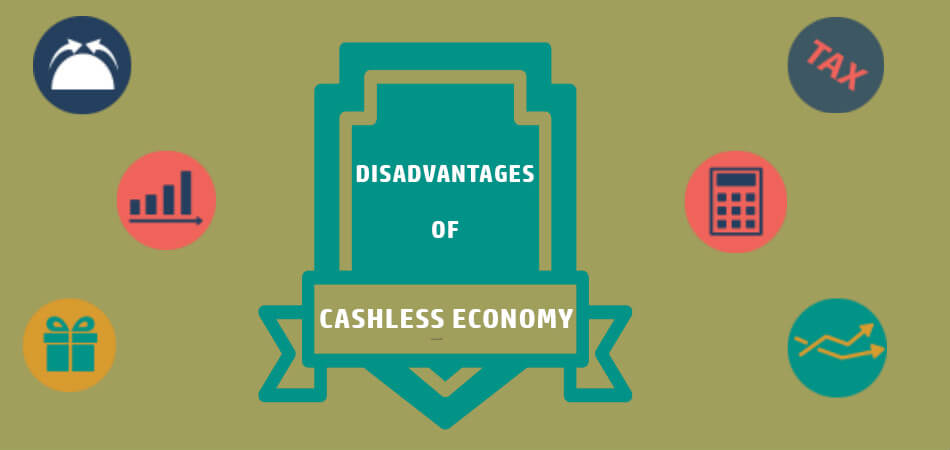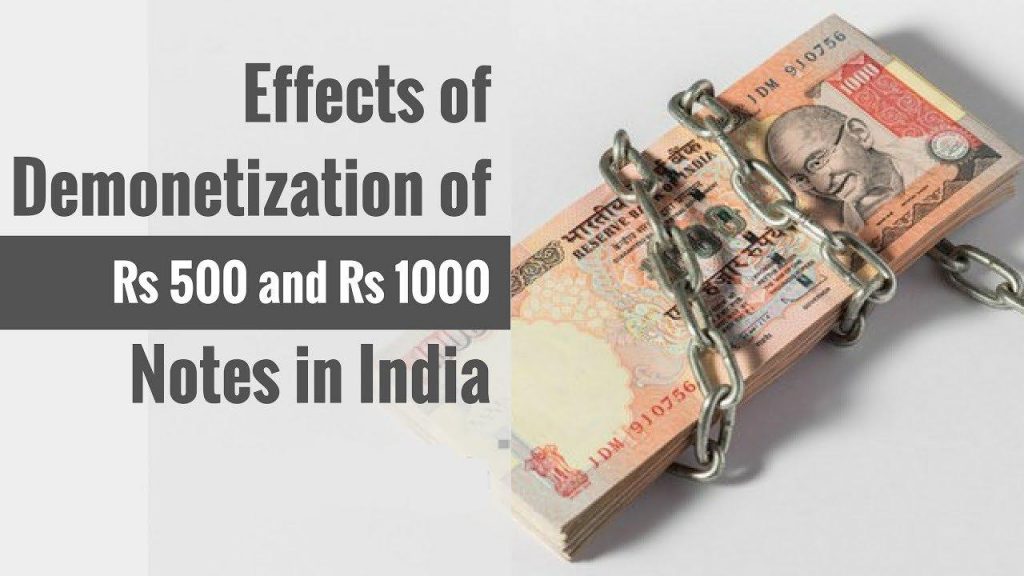
Cashless Economy Project Class 12
INTRODUCTION
There are various countries in the world which are going cashless. They use non-cash payment for day-to-day consumption and expenditure. The awareness about the non-cash method and cashless societies are introduced here. There are various reasons in which the country is to be digitalized. It has become necessary to understand about the cashless economy and its feature as nowadays our county India is also going to be digitalized due to the increasing amount of black money. The best way to ensure the youth learns about it is through cashless economy project class 12.
OBJECTIVE OF STUDY
The main objective of this study is:
- To understand and know about the history of the cashless transaction.
- To know about the outcomes of a cashless economy.
- To know the various methods and instruments used in a cashless transaction.
- To know about the positive and negative input of cashless transaction in the economy.
- To know how demonetization affects the cashless transaction.
NEED AND SIGNIFICANCE
Our country faced a huge money crisis as the old notes were demonetized. During the time of demonetization the new notes were available at the lowest rate, so many people tried to exchange the product through the mobile banking system. People are changing their trends and the government is imposing cashless transaction into the country. So the need to understand about the cashless economy is highly necessary.
Going cashless in India is a big transformation as people in rural areas aren’t aware of the cashless way of transaction. So to study and analyze the various way of the cashless economy is needed and significant for me.
CASHLESS ECONOMY
A cashless society describes the economic state whereby financial transactions are not concluded with money in the form of physical banknotes or coins, but rather through the transfer of digital information through the transaction parties. Cashless societies have existed, based on barter and other methods of exchange and cashless transaction have also become possible using digital currencies such as bitcoin.
However this article discusses and focuses on the term “cashless society” in the sense of a move toward, and implications of, a society where cash is replaced by its digital equivalent- in other words, legal tender [money] exists, is recorded and exchanges only in digital form. The world is experiencing a rapid and increasing use of digital methods of recording, managing and exchanging money in commerce, investment and daily life I many parts of the world and transaction which would historically have been undertaken with cash are often undertaken electronically. Some countries now set limits on transaction and transaction values for which non-electronic payments may be legally used.
HISTORY
The trends toward the use of non-cash transaction and settlement began in daily life during the 1990s, when electronic banking become popular.
By 2010s digital payment methods were widespread in many countries, with examples including intermediaries such as PayPal, digital wallet systems operated by companies like Apple, Contactless and NFC payments by electronic cards and smartphones.
By 2010’s cash had become actively disfavoured in some kinds of transaction which would historically have been very ordinary to pay with physical tender, and larger cash amounts were in some situation treated with suspicion, due to versatility and ease of use in money laundering and facing terrorism and actively prohibited by some supplier and retailers to point of coining the expansion of war on cash.
By 2016 in the United Kingdom it was repeated that in 1 in 7 people no longer carry or use cash. The 2016 United States user consumer survey study claim that 75% of respondents preferred a credit or debit card as their payment method while only 11% of respondent preferred cash.
By 2017 digital payment method such as venom and square contribute to the cashless transaction. Venom allows an individual to make direct payment to another individual without having cash accessible. Square is an innovation that allows primarily small business to receive payments from their clients.
CONCERNS
It has the potential to be helpful for central government and economies, in the context of global negative inflation and quantitative easing, and central control of the money supply. A cashless society is convenient and fast; however, it also increases ignorance of individual spending and vulnerability to fraud. Consumer ignorance of spending increase as they are less aware when swiping their card to complete a transaction that if they budgeted their money and paid in cash. Their vulnerability to fraud increases because the corporation keeps a record of credit and debit cards transaction nut they don’t keep a record of a cash transaction.
ADVANTAGES

The advantages of a cashless society are:-
- Efficient and convenient
Going digital, it helps to reduce the hassle of drawing cash or making sure that cash-in-hand is sufficient to make a payment in places where only cash payment is allowed. With a digitalized payment system, it speeds up the process of financial transaction and boosts the efficiency of the transaction. - Increased transparency
As monetary transactions are being made electronically, it increases transparency as the financial transaction is recorded. The cashless system will assist a wide range of institutions. - Government bodies
Rather than conducting costly and periodic surveys and sampling of real-world transactions, real data collected on citizen’s spending can assist in devising and implementing policies that are deduced from actual data. With recorded financial transactions, the Government can better track the movement of the money through financial records which enables them to track the black money and illegal transactions taking place in the country. - Easier tracking
As digital payments are made, transactions are kept in records. Cashless payments facilitate the tracking of spending expenditure and record the movement of money. Having recorded transactions, it can help citizens to refine their budget more efficiently. - Businesses
Cashless payments would eliminate the fear of businesses receiving counterfeit money and flush out illegal cash. The risks of storing cash will also be reduced as payments are made digitally.
DISADVANTAGES

Disadvantages of the cashless economy are as follows:-
- The issue of privacy
In a digitized economy, payment made will be traceable. With traceable transactions, institutions would have potential access to this information. With these digital traces left behind, digital transactions become vulnerable. Such transactions allow businesses a way to build a consumer’s personal profiles based on their spending patterns. The issue of data mining also come into place as countries head towards a cashless society. - Exclusion of certain population
Implementing a cashless system exclude the involvement of certain population such as the poor or near poor and the older generation. Heading towards a cashless society, citizens that do not hold the power or knowledge of engaging in digital transactions are left behind. To be able to transact using e-payment, it requires one to hold a bank account, which can hold their money. Many of these impoverished people are underbanked. - Breaching/hacking of the system
When payment transactions are stored in servers, it increases the risks of unauthorized breaches and hackers. Financial cyber attacks and digital crimes also from a greater risk when going cashless. These open transaction also create the dangers and security issues where unauthorized access to users account occurs and funds are transferred to another count or unauthorized purchase are made by unknown users.
VARIOUS NON-CASH PAYMENT METHODS

The various non-cash payment includes
Debit card
A debit card is a plastic payment card that can be used instead of cash when making a purchase. It is similar to a credit card but unlike a credit card, the money comes directly from users bank a/c while performing the transaction.
In many countries, the use of credit cards has become so widespread that their volume has overtaken or entirely replace cheque and in some instance, cash transaction. A number of initiation have allowed debit cards issued in one country to be used in other courtiers abs allowed their use for internet and phone purchase.
Credit cards
A credit card is a payment card issued to users to enable, the cardholder to pay a merchant for goods and services based on the cardholder promise to the card issuer to pay them for the amount so paid plus other agreed charges. Nowadays the volume of credit cards has increased.
PayTM
Paytm is an Indian electronic payment and e-commerce brand out of Delhi NCR, India launched it is the consumer brand of parent one and communication. The name is an acronym for pay through mobile. The company employs over 1,300 employees as of Jan 2017 and has 3 million of fine merchants across India. It also operates the Paytm payment gateway and the Paytm wallet.
Mobile Banking
Mobile banking is a service by a bank or other financial transaction remotely using a mobile device such as a phone or tablet. It uses software provided by the financial institution for the purpose. Mobile banking is usually available on a 24hour basis. Some institution as it has some restriction which accounts may be accessed through mobile banking as well as a limit on the amount that can be transacted.
Charge Card
A charge card is a plastic card that provides on an alternative to cash when making purchases in which the issue and the cars hold enter into an agreement that the debt incurred as the charge account will be paid in full and by the due date.
Prepaid or Stored Value Cash
Prepaid or stored value cash provides payment through a monetary value held on the actual card or a deposit in an account.
Direct Debit or Direct Withdrawal
Direct debit or direct withdrawal is an instruction that a bank account holder gives to his or her bank to collect an amount directly from another account.
Bank Transfer
A bank transfer is a method of transferring money from one person or institution to another. A wire transfer can be made from one bank account to another bank account through a transfer of cash at a cash office.
A bank wire transfer is often the most expedient method for transferring funds between bank accounts. The transfer message is sent via a server system utilizing IBAN and BIC codes.
A Giro Transfer
A giro transfer is a bank transfer payment when by the order is given by the payee to his or her bank, which transfers the fund into the payee’s bank account; the receiving bank, then notifies the payee.
Online Banking E-Payment
It is similar to a giro transfer but is designed especially for use with online commerce.
A Check/Cheque
It is a negotiable instrument instructing a financial institution to pay a specific amount of a specified currency from a specified amount to the person in whose name the cheque is issued.
EFFECTS OF DEMONETISATION

- Against the backdrop of demonetization exercise that shoots up the Indian economy last November, there is a major tussle brewing in the consumer banking space in India.
- Demonetisation arguably the most important trigger of this race, was an involuntary exercise that the country underwent overnight. The two largest currency denominations the INR 1000 notes were declared along with the INR 500 notes were made unvalued. Also, new INR 500 and INR 2000 came into existence as valued by the RBI.
- The printing of the new currency was begun only a month before the declaration but the demand for the new currency shipped the supply leading to daily cash shortage at the bank and ATM.
- The various payment basics offer interesting competition of traditional banks because of the profits of the company that have received their licenses. Two such promised licenses are Indian telecom service and the e-wallet online payment facilitating for payTM.
- The government efforts to encourage people to enter the banking system through small instruments that don’t solve systematic issues. Among these issues, the fact is that the people needs can happen easily, for reason that includes not having reached a tipping point. In terms of moving a critical man of people in the banking system that would make non-cash transaction an alternative.
ROLE OF RBI
- Pay TM, debit card, credit card, wallet are some noncash payment methods introduced by the RBI.
- The RBI ordered the shops to make arrangements for receiving the amount through the noncash payment method
- Introduced mobile banking to everyone including farmers
- Promotion of e-commerce by liberating the FDL norms for this sector.
- RBI has issued certain guidelines that allow the user to increase their digital currency limit to rs1,00,000 based on KYC verification.
- The government has launched a UPI, a digital currency which makes electric transaction much simple and faster.
- Licensing of payment banks. The government in promoting e-wallet. It allows instantly to send money, pay bills, recharge mobile both offline and online.
- The RBI is offering more incentive for the digital transaction and after demonetization, there has been a marginal increase in the percentage of the digital transaction.
COUNTRIES GOING CASHLESS
Belgium, France, Canada are some of the countries which follow the aspect os cashless economy more than the other countries. In the above-listed countries, about 90 of the people use the digital transaction method for their daily purpose.
UK, Sweden, Australia, Netherlands, US also have a high rate of the digital transaction taking place but most people prefer cash for their day to day purpose.
Our country, India as a developing country has adopted the measure of the cashless economy but due to its diversity, it is logging.
FINDING
Analyzing this project, I could understand the uses of the cashless economy in various countries, and about the digital aspect of a cashless economy.
- I could understand why and how the noncash method is adopted.
- A cashless economy is an innovation method for keeping countries wealth safe.
- Black money and corruption will be badly affected by introducing a cashless economy.
- The government can collect their taxes correctly.
- There will be less no. Of frauds compared to cash transaction in the digital transaction.
BIBLIOGRAPHY
- INVESTOPEDIA
- www.forbes.com
- Wikipedia – a digital currency
- Wikipedia – the cashless economy
- Cashless – Society.ORG
- The economist
- The Hindu
DOWNLOAD PDF OF CASHLESS ECONOMY PROJECT CLASS 12

Password: hscprojects.com
In order to download the PDF, You must follow on Youtube. Once done, Click on Submit
Follow On YoutubeSubscribed? Click on Confirm
Download Cashless Economy Project Class 12 PDF






